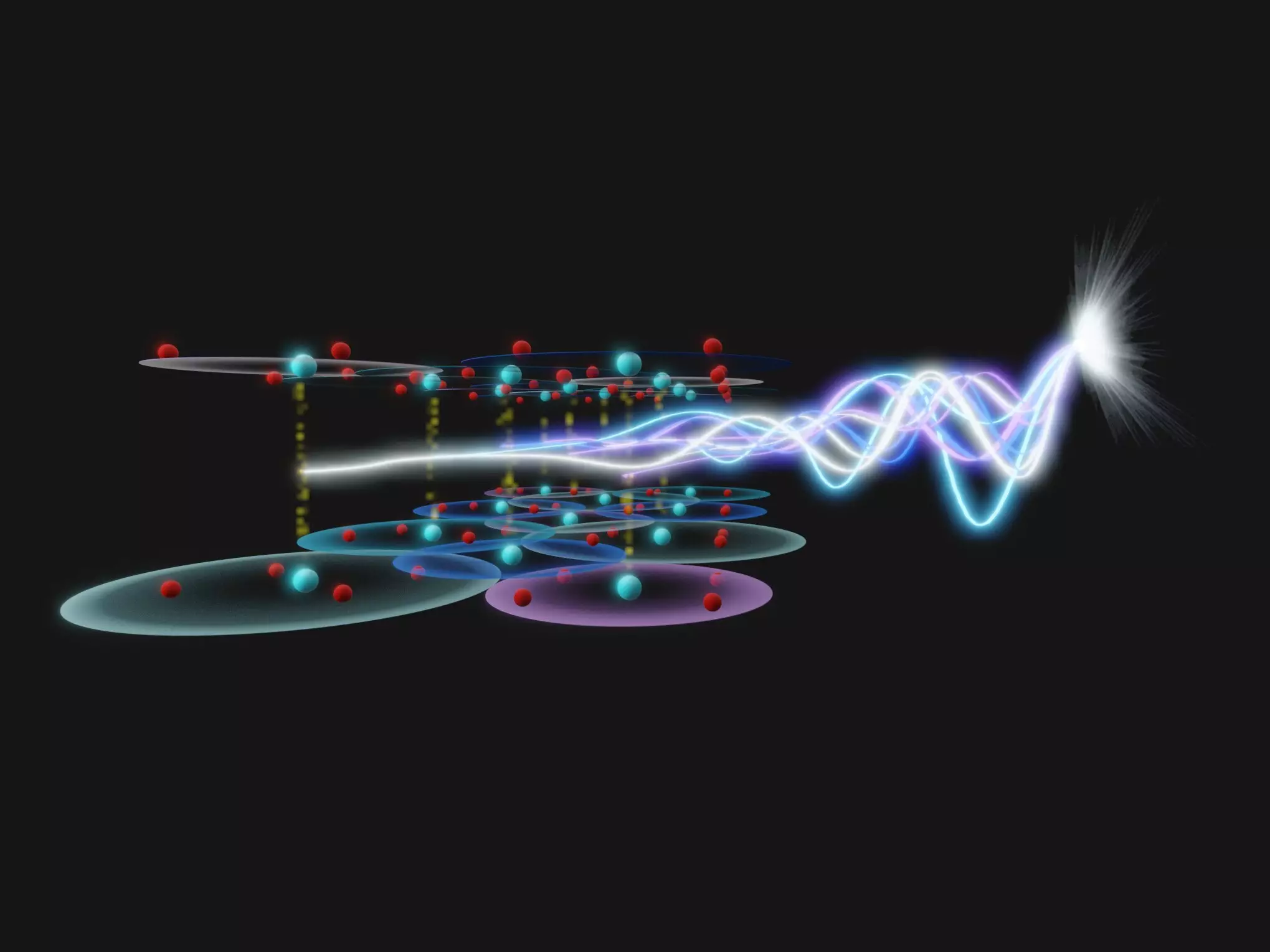In a groundbreaking study, researchers from the Max Planck Institute for the Structure and Dynamics of Matter (MPSD) in Hamburg, Germany, alongside scientists from Brookhaven National Laboratory in the U.S., have unveiled an innovative approach for investigating disorder in superconductors through the use of terahertz light pulses. This new methodology not only enhances our understanding of superconductivity but also sheds light on the role of disorder—a central theme in condensed matter physics. The findings, recently published in Nature Physics, offer significant insights into the complex interplay between disorder and superconducting properties.
Disorder in materials significantly impacts their physical properties, particularly in high-temperature superconductors, known for their ability to conduct electricity with zero resistance. Traditional experimental techniques, which have often relied on methods like scanning tunneling microscopy, grapple with limitations—primarily that they can only conduct measurements at extremely low temperatures. This has hindered researchers from probing the essential physics near the superconducting transition temperature, a critical region where unique phenomena occur.
The significance of studying disorder extends beyond mere curiosity; it holds vital implications for the advancement of technologies dependent on superconductivity. Many high-temperature superconductors, including cuprate superconductors, exhibit distinct properties due to chemical doping—a process that inherently introduces disorder into the system. However, the exact consequences of this disorder on their superconducting capabilities have remained elusive, underscoring the necessity for new investigative techniques.
The research team has adopted multidimensional spectroscopy methods, originally crafted for nuclear magnetic resonance, and reconfigured them for terahertz spectroscopy. This novel approach allows for a more nuanced examination of materials by transferring the tools used in liquid physics to the terahertz range, where collective excitations or resonance modes of solids manifest in accessible ways. By employing this technique, researchers can effectively track the evolution of disorder in superconducting materials as they approach the transition temperature.
One of the most striking aspects of this research is the implementation of angle-resolved two-dimensional terahertz spectroscopy (2DTS). Traditionally focused on linear setups, the researchers broke new ground by arranging their experimental configuration in a non-collinear geometry, which enabled them to isolate terahertz nonlinearities based on the emission angles of the pulses. This creative adjustment allowed the team to study the cuprate superconductor La1.83Sr0.17CuO4, which has historically posed challenges due to its opacity and minimal light transmission.
The application of angle-resolved 2DTS revealed fascinating phenomena termed “Josephson echoes,” indicating that even after intense terahertz pulse excitation, superconducting transport within the cuprate material was able to revive. This phenomenon highlighted a marked difference in disorder levels, suggesting that the disorder present during superconducting transport was significantly less than that observed through conventional spatially resolved techniques.
Moreover, the researchers made a notable discovery that disorder remained remarkably stable up to 70% of the transition temperature, a finding that was previously inaccessible. This stability is pivotal in understanding how superconductivity persists despite intruding disorder, providing new clues that could influence the design and application of future superconducting materials.
The implications of this research extend beyond simply understanding the cuprate superconductors better; they pave the way for a wealth of future studies. The team emphasizes that the adaptable nature of angle-resolved 2DTS could be harnessed in the exploration of other superconductors and quantum materials. Additionally, given the ultrafast timescales associated with 2DTS measurements, researchers can now investigate transient states of matter, revealing dynamics that were previously too fleeting for conventional techniques to capture.
The innovative adaptation of terahertz spectroscopy techniques holds immense potential for revolutionizing the study of disorder in superconductors, unlocking fundamental questions about their behavior near transition temperatures and broadening the horizons for future research in condensed matter physics.


Leave a Reply